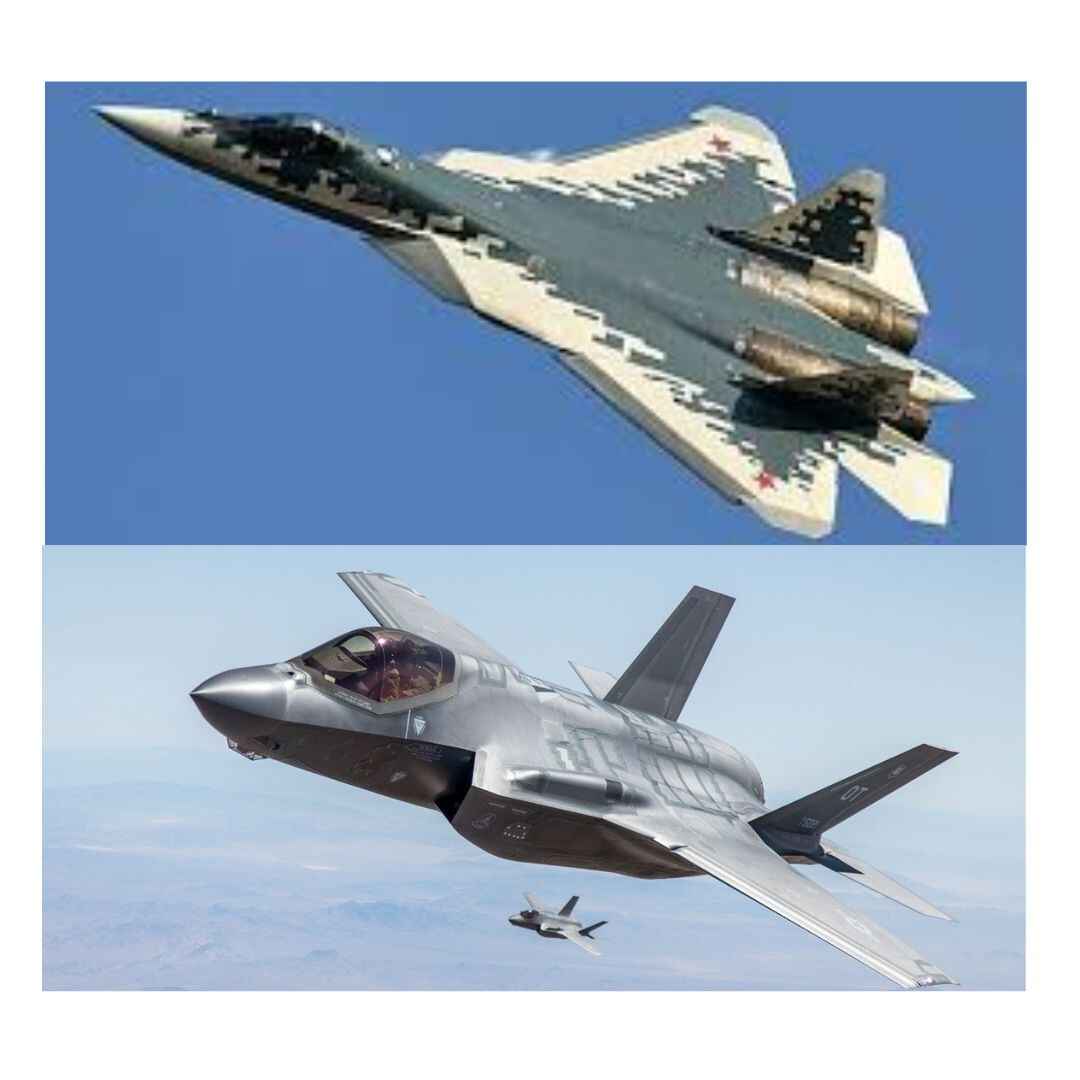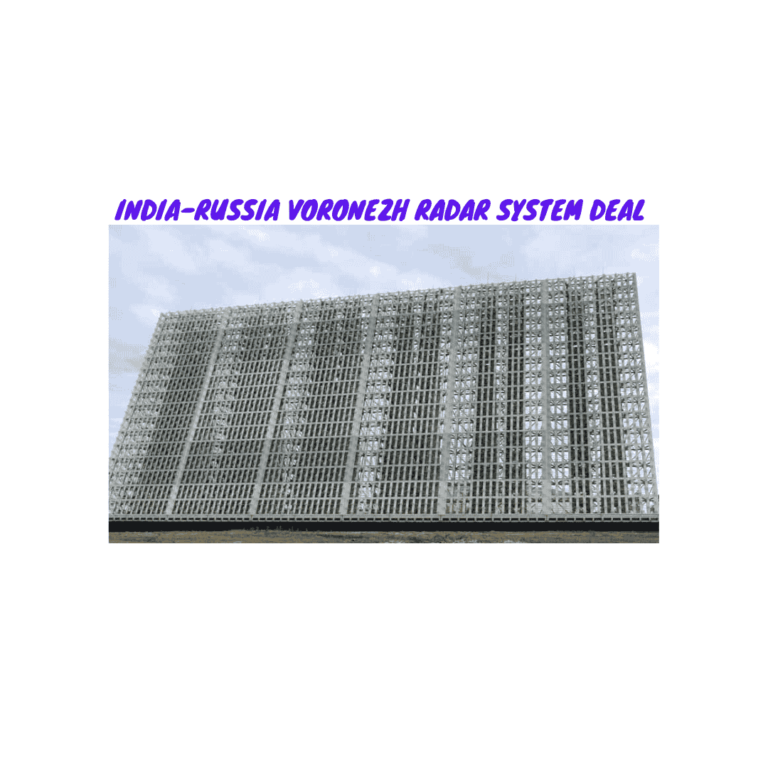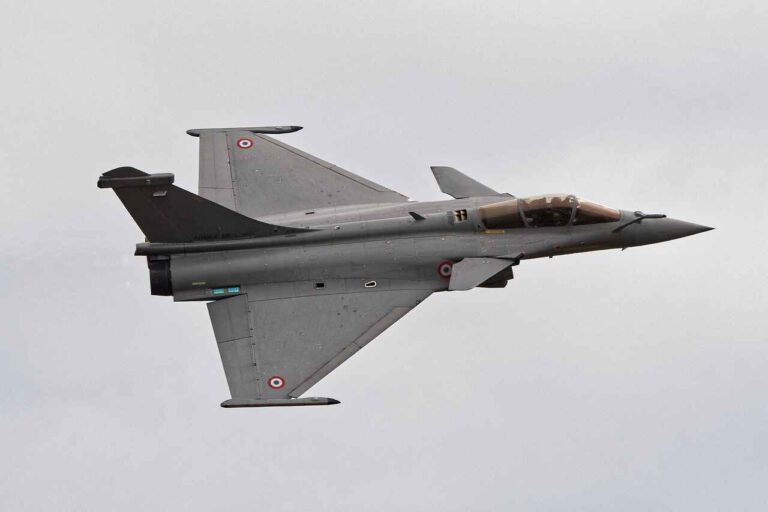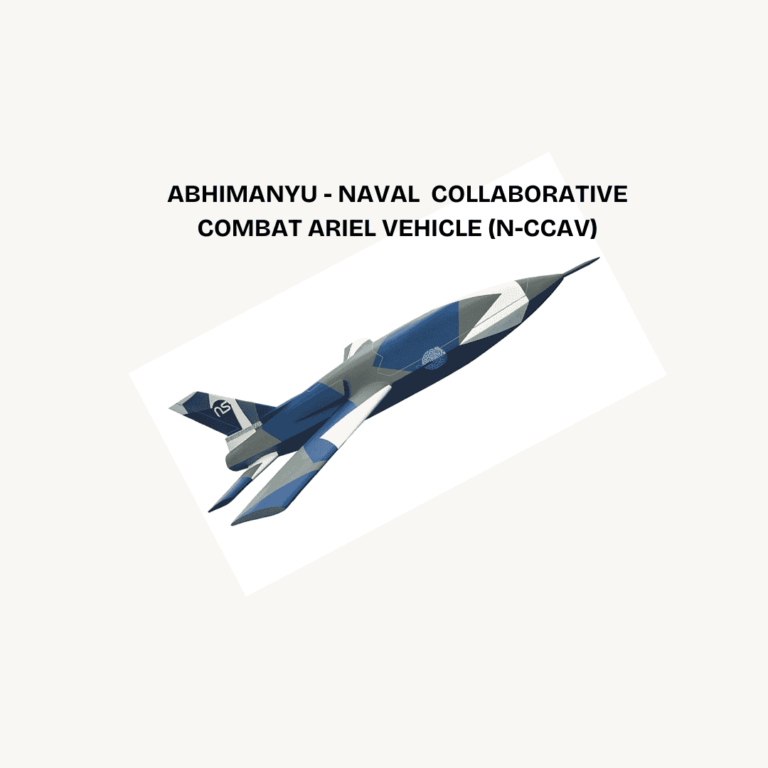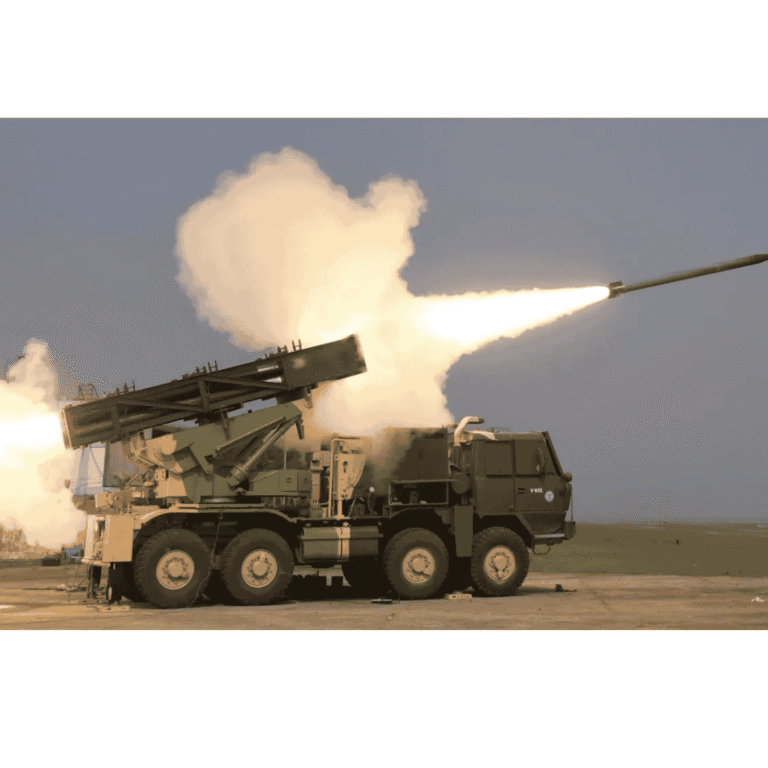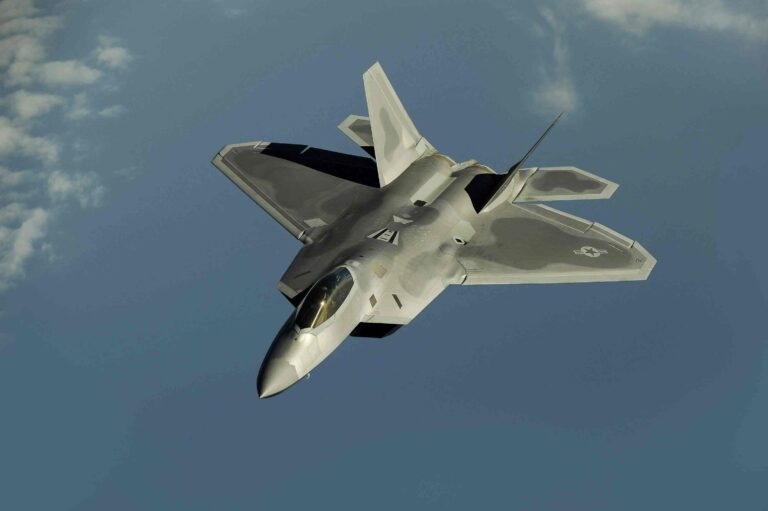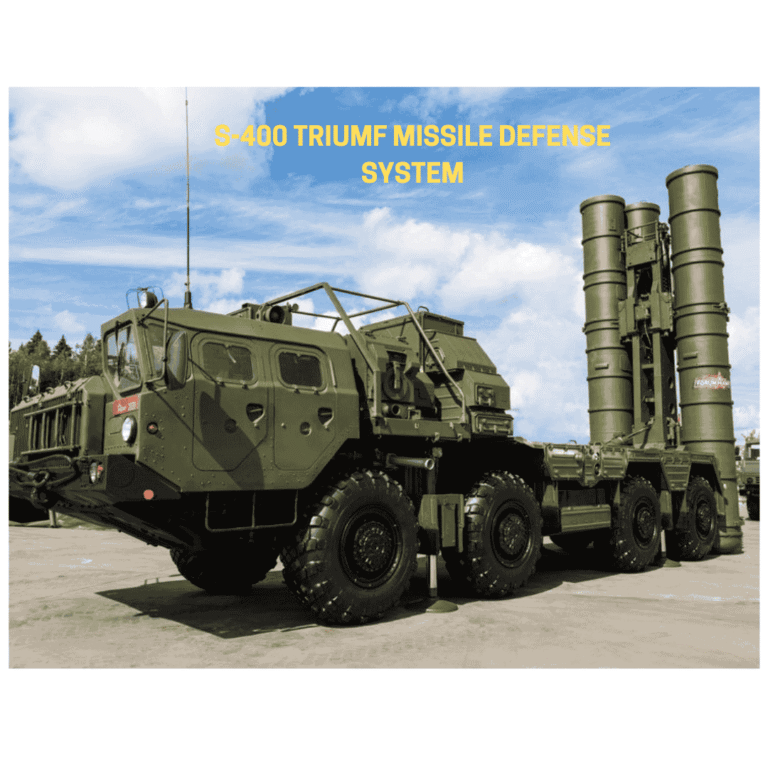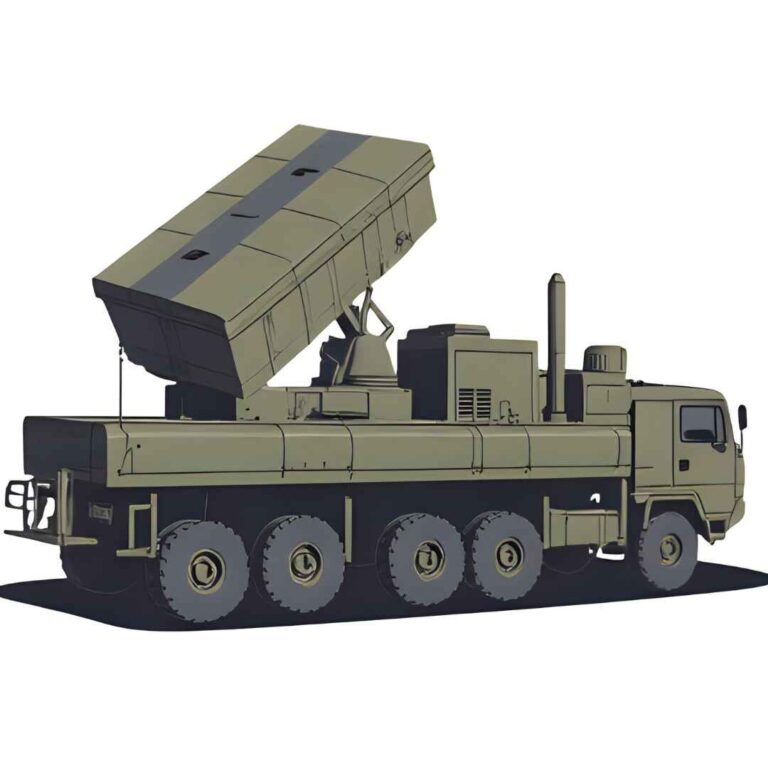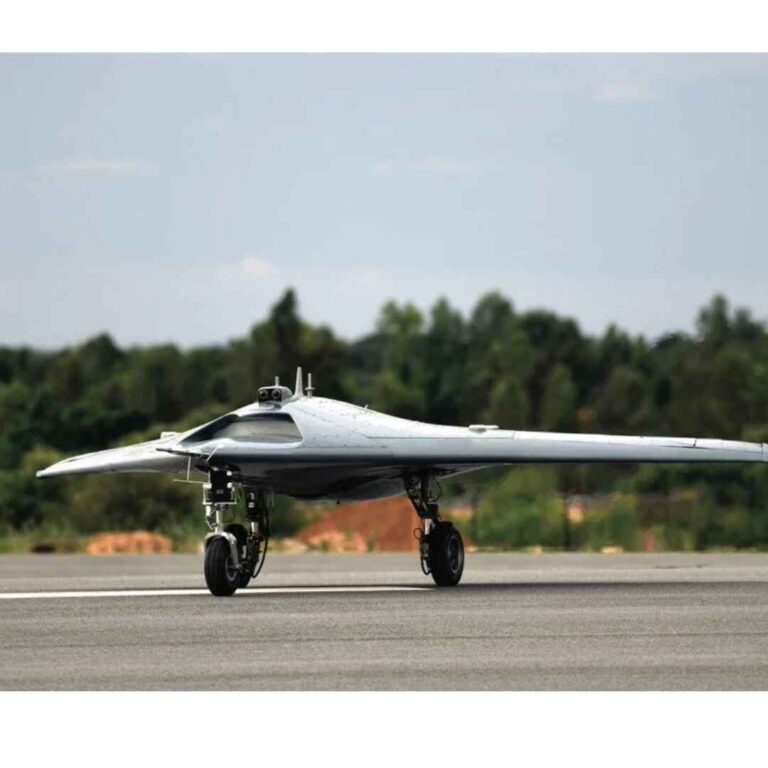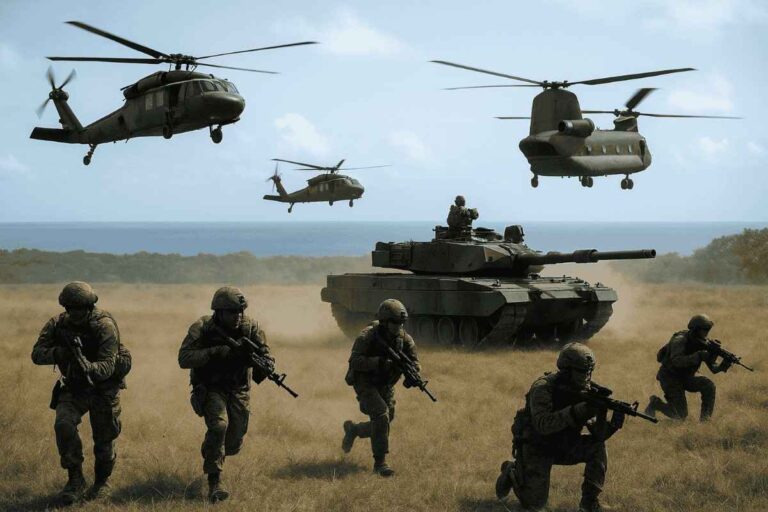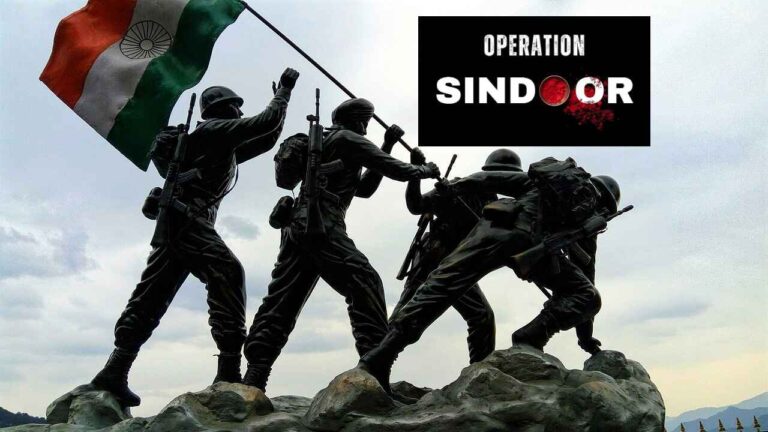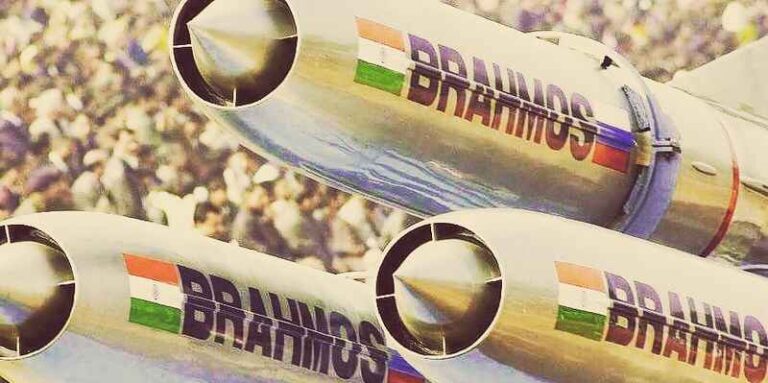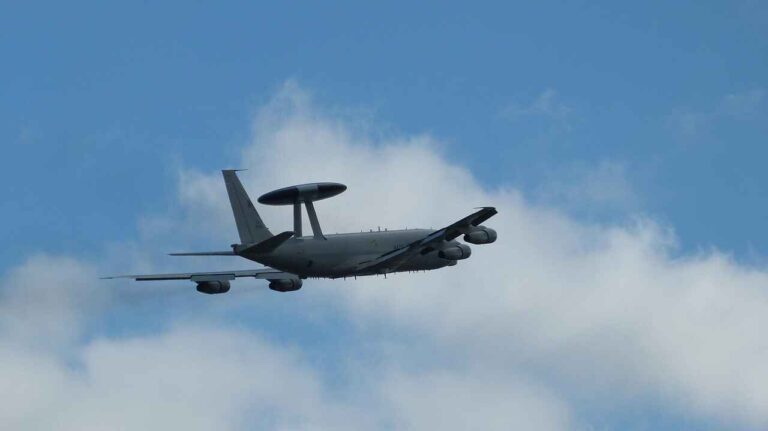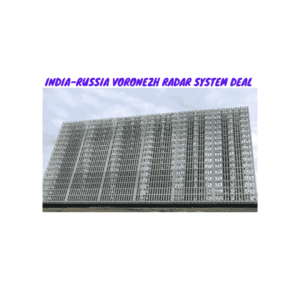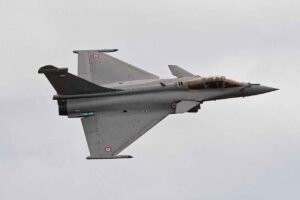Introduction
India’s Medium Multi-Role Combat Aircraft (MMRCA) 2.0 program is a crucial defense procurement initiative designed to modernize the Indian Air Force (IAF) by acquiring state-of-the-art fighter jets.
With an estimated budget of USD 20 billion, this program seeks to bridge the gap left by the retirement of aging aircraft, strengthen India’s aerial superiority, and ensure combat readiness against potential adversaries like China and Pakistan.
The selection of the right aircraft is not just a matter of technological supremacy but also a strategic decision with long-term implications for India’s defense preparedness, geopolitical positioning, and indigenous military-industrial growth.
The MMRCA 2.0 program comes at a critical juncture when global military advancements are dynamically changing modern warfare. The competition features some of the most advanced fighter jets, including the F-35 Lightning II from the United States and the Su-57 Felon from Russia, alongside other formidable contenders like the Rafale F4, Eurofighter Typhoon, F-15EX, and Gripen E.
Each of these aircraft offers distinct advantages in terms of stealth, avionics, weapon systems, maneuverability, and operational sustainability. However, beyond the technical capabilities of these jets, India’s final decision must align with its broader defense strategy, foreign policy objectives, and long-term security concerns.
One of the primary considerations in selecting a new fighter jet is India’s strategic autonomy. Historically, India has maintained a diversified defense procurement policy to avoid over-reliance on any single supplier.
While the F-35 offers cutting-edge technology and network-centric warfare capabilities, it comes with operational restrictions imposed by the U.S., potentially limiting India’s independent decision-making.
Conversely, the Su-57 provides a familiar operational framework, given India’s long-standing defense ties with Russia, but concerns over its production reliability and stealth efficiency remain.
Another crucial factor is technology transfer and indigenous development. India’s push for self-reliance in defense manufacturing under the ‘Make in India’ and ‘Aatmanirbhar Bharat’ initiatives necessitates technology-sharing agreements that will aid in the development of indigenous platforms like the Advanced Medium Combat Aircraft (AMCA). The extent to which foreign manufacturers are willing to transfer critical technologies will play a decisive role in India’s choice.
Additionally, cost-effectiveness and lifecycle maintenance must be carefully evaluated. The F-35, while an exceptional aircraft, has high procurement and operational costs, making it one of the most expensive fighters to maintain. On the other hand, the Su-57 is projected to be more cost-effective, but its availability, logistical support, and long-term performance remain concerns.
Furthermore, geopolitical considerations will weigh heavily in India’s decision. Acquiring the Su-57 could invite sanctions under the U.S. CAATSA (Countering America’s Adversaries Through Sanctions Act) while purchasing the F-35 might impact India’s long-standing defense cooperation with Russia. Striking a balance between these geopolitical pressures is essential for ensuring India’s strategic independence and maintaining strong international partnerships.
Technical Comparison: F-35 vs Su-57
The F-35 Lightning II and Su-57 Felon represent two philosophies of fifth-generation fighter jet design—one prioritizing stealth and sensor fusion, while the other focuses on manoeuvrability and multi-role versatility. A closer examination of their technical attributes provides insights into their combat effectiveness and suitability for the Indian Air Force (IAF).
Stealth & Survivability
- F-35: The F-35 boasts superior stealth technology, with a low Radar Cross Section (RCS) due to its shape, radar-absorbing materials, and internal weapon bays. Its electronic warfare suite enhances survivability by jamming enemy radar and missiles.
- Su-57: While the Su-57 is designed with some stealth characteristics, it has a larger RCS due to its exposed engine nozzles and less refined radar-absorbent materials. It compensates with L-band radar for anti-stealth detection and high-speed manoeuvrability to evade threats.
Advantage: The F-35 has a superior stealth profile, making it harder to detect in beyond-visual range (BVR) combat.
Avionics & Sensor Suite
- F-35: Equipped with the AN/APG-81 AESA radar, Distributed Aperture System (DAS), Electro-Optical Targeting System (EOTS), and a Helmet-Mounted Display (HMD), the F-35 offers 360-degree situational awareness and real-time data fusion.
- Su-57: Features the N036 Byelka AESA radar, IRST (infrared search and track), and multiple sensors spread across its fuselage. While capable, it lacks the sensor fusion and AI-driven data processing seen in the F-35.
Advantage: The F-35 dominates sensor integration and electronic warfare, giving pilots unparalleled battlespace awareness.
Manoeuvrability & Kinematics
- F-35: Designed for stealth and strike missions, the F-35 lacks supermanoeuvrability but compensates with high Angle of Attack (AoA) performance and fly-by-wire stability control.
- Su-57: With 3D thrust vectoring, a higher thrust-to-weight ratio, and super cruise capability, the Su-57 is superior in dogfighting and close-range combat.
Advantage: The Su-57 excels in manoeuvrability, making it more lethal within visual range (WVR) combat.
Weapons & Payload Capacity
- F-35: Primarily uses internal weapons bays for stealth but can carry external weapons when stealth is not a priority. It can deploy AIM-120 AMRAAM (BVR missiles), AIM-9X Sidewinder (WVR missiles), JASSM cruise missiles, and guided bombs.
- Su-57: Equipped with long-range R-37M missiles (400 km range), Kh-59MK2 stealth cruise missiles, and Kinzhal hypersonic missiles (potential future integration). It can carry more ordnance externally, making it a better multi-role platform.
Advantage: The F-35 has better precision-strike capabilities, but the Su-57 offers superior missile range and multi-role flexibility.
Network-Centric Warfare & AI Integration
- F-35: Designed as a force multiplier, capable of real-time data sharing with friendly aircraft, naval, and ground units. AI integration allows predictive analysis and enhanced mission planning.
- Su-57: While incorporating AI-based pilot assistance and drone teaming (Okhotnik UCAV), it lacks the secure and integrated network-centric capabilities of the F-35.
Advantage: The F-35’s network warfare capabilities make it indispensable in modern multi-domain operations.
Reliability, Maintenance & Operational Costs
- F-35: High maintenance complexity and sustainment costs (~$33,000 per flight hour). Its stealth coating requires constant upkeep. However, global logistics support ensures long-term serviceability.
- Su-57: Still in limited production with maintenance challenges. Russia faces difficulties in mass-producing advanced subsystems, impacting spare parts availability and service life.
Advantage: The F-35 has better long-term operational support, whereas the Su-57 faces logistical and production constraints.
Strategic and Geopolitical Considerations for India
While technical capabilities are crucial in evaluating the F-35 Lightning II and Su-57 Felon, India’s decision must also consider strategic alliances, geopolitical implications, defense logistics, and economic feasibility. The MMRCA 2.0 acquisition is not just about choosing a fighter jet; it is about aligning with the right defense ecosystem while ensuring long-term operational efficiency and national security interests.
Defense Ties & Political Alignment
F-35: U.S. Partnership & Geopolitical Leverage
- The U.S. is India’s growing strategic partner through agreements like COMCASA, BECA, and LEMOA, strengthening intelligence sharing and logistics cooperation.
- Acquiring the F-35 would deepen India’s defense ties with the West, ensuring access to cutting-edge technology. Moreover increasing reliance on U.S. approvals and conditions.
- Risk: U.S. arms sales often carry operational restrictions, limiting India’s autonomy in deploying the F-35 against specific adversaries (e.g., China or Pakistan).
Su-57: Russia’s Traditional Defense Partnership
- Russia has been a long-standing defense supplier to India, providing Su-30MKIs, S-400 systems, BrahMos missiles, and nuclear submarines.
- Choosing the Su-57 would reinforce this partnership and ensure greater operational freedom, as Russia imposes fewer restrictions than the U.S.
- Risk: Russia’s economic and defense sector struggles due to Western sanctions might affect long-term maintenance, spare parts supply, and technological upgrades.
Implication: India must strike a careful balance between U.S. and Russian influence to uphold its strategic autonomy.
Impact of CAATSA & Sanctions Risks
- If India buys the Su-57, it risks facing U.S. CAATSA (Countering America’s Adversaries Through Sanctions Act) sanctions, which could impact other Indo-U.S. defense projects (like MQ-9B drones and GE-F414 jet engines).
- If India chooses the F-35, it could strain relations with Russia, potentially affecting existing Su-30MKI and BrahMos missile projects that rely on Russian support.
Implication: India must assess whether acquiring the Su-57 is worth the potential sanctions risk, or if diplomatic maneuvering could mitigate U.S. opposition.
Logistics, Training & Interoperability Challenges
F-35: NATO-Centric Ecosystem
- The F-35 requires integration into a Western logistics network, which differs significantly from India’s current Russian-dominated defense ecosystem.
- Maintenance would depend on Lockheed Martin’s global supply chain, increasing reliance on foreign support.
- Indian pilots and engineers would need extensive training under U.S. protocols.
Su-57: Compatibility with IAF’s Russian Fleet
- The Su-57 would integrate more easily with existing Su-30MKIs and Russian air defense systems.
- Maintenance and spare parts logistics would be simpler due to India’s established experience with Russian aircraft.
- However, Russia’s ability to provide timely upgrades and technology transfer remains uncertain.
Implication: The F-35 would demand a complete shift in India’s defense logistics, while the Su-57 offers continuity with existing platforms.
Technology Transfer & Indigenous Development
F-35: Limited Technology Transfer
- The U.S. rarely allows technology transfer, meaning India would not receive source codes, full avionics access, or manufacturing rights.
- Conflict with India’s AMCA (Advanced Medium Combat Aircraft) project, as the U.S. is unlikely to share stealth technology that could aid India’s indigenous fighter development.
Su-57: Potential for Co-Development
- Russia has historically offered joint production and technology transfer, though execution has been inconsistent (e.g., FGFA project cancellation).
- The Su-57 could provide critical stealth and engine technology that could benefit AMCA.
Implication: If India wants greater technological self-reliance, the Su-57 offers more potential, but its execution remains uncertain.
Economic & Lifecycle Cost Considerations
F-35 Cost:
- Unit Cost: $80–120 million per jet
- Maintenance Cost: $33,000 per flight hour
- Long-term logistics & sustainment expenses are extremely high.
- Su-57 Cost:
- Unit Cost: $35–50 million per jet
- Maintenance Cost: $15,000–20,000 per flight hour
- More cost-effective but Russia’s limited production capacity raises concerns.
Implication: If India prioritizes cost efficiency, the Su-57 is more affordable. However, if long-term sustainment and reliability are key, the F-35 is a more stable investment despite higher costs.
| Factor | F-35 Lightning II | Su-57 Felon |
| Stealth | ✅ Superior stealth (low RCS) | ❌ Limited stealth (higher RCS) |
| Manoeuvrability | ❌ Inferior in dogfights | ✅ Super manoeuvrable (3D thrust vectoring) |
| Avionics & Sensors | ✅ Advanced networked warfare | ❌ Less advanced fusion |
| Weapons & Payload | ✅Precision-strike capability | ✅ Larger missile payload |
| Maintenance & Costs | ❌ Expensive to operate | ✅ More cost-effective |
| Geopolitical Risks | ❌ U.S. restrictions on usage | ❌ Risk of CAATSA sanctions |
| Technology Transfer | ❌ Limited from the U.S. | ✅ Higher potential from Russia |
| Interoperability | ❌ Requires NATO-style logistics | ✅ Compatible with IAF’s Russian fleet |
Conclusion
India’s MMRCA 2.0 decision is not merely about selecting the most advanced fighter jet but involves a complex evaluation of strategic autonomy, technology transfer, operational requirements, and long-term sustainability. The choice between the F-35 and Su-57 presents a stark contrast. While the F35 comes with Superior stealth, advanced avionics, and network-centric warfare capabilities, but expensive and comes with operational restrictions due to U.S. oversight. On the other hand, the Su-57 is cost-effective, highly manoeuvrable, and offers greater technology transfer potential, but remains relatively untested in combat and faces logistical concerns.
Additionally, India must weigh alternatives like the Rafale F4, F-15EX, and Gripen E, to strike a balance between cost, capability, and strategic independence.
For long-term technological edge & interoperability with allies → The F-35 is ideal, provided India negotiates favourable terms. For cost-effectiveness & flexible deployment → The Su-57 is viable, though supply chain and reliability concerns must be addressed. And for indigenous development & future-proofing → A focus on AMCA development while acquiring additional Rafale F4s could be a balanced approach.
Ultimately, India’s decision should align with its vision for self-reliance, strategic deterrence, and operational effectiveness in an increasingly contested Indo-Pacific environment.

